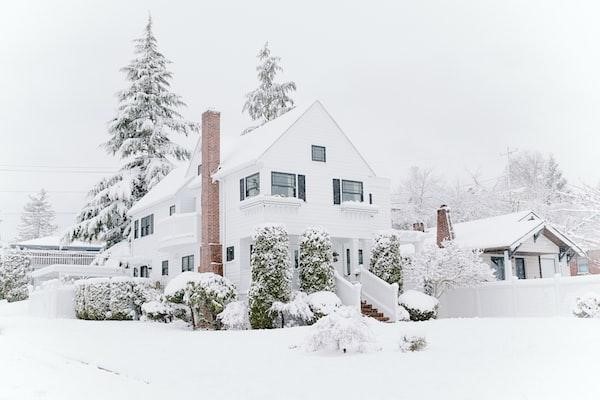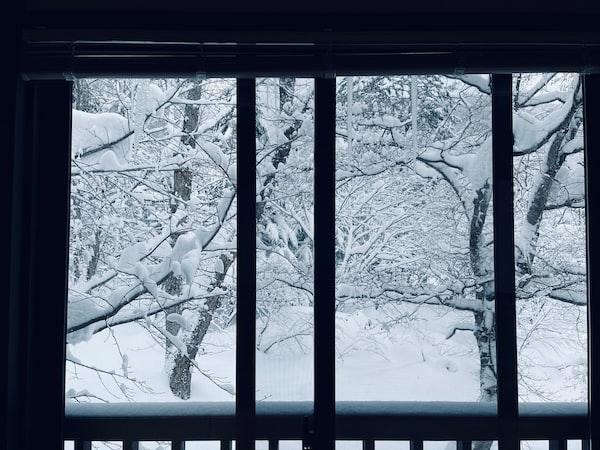A heat pump system is an alternative method for heating and cooling a home that involves using a single system to perform both functions. Rather than burning fuel or using electricity to create heat, a heat pump system utilizes the natural heat in the air or ground to heat and cool your home. This makes it an energy-efficient option that can save homeowners money on their utility bills. Many people don’t know much about these systems or how they work, but you should definitely educate yourself because they offer a lot of advantages. If you’re in need of more information, keep reading to find out how heat pump systems can save both energy and money.
How can heat pump systems save energy and money?
If you’re wondering, “How does a heat pump system work?”, you’re not alone. A heat pump is a device that uses energy to move warm air from one place to another. It transfers thermal energy, or heat, between two different sources using mechanical and electrical components. A typical heat pump system consists of an indoor unit, an outdoor unit, and connecting refrigerant lines. The indoor unit contains a fan coil that circulates the air in the house while the outdoor unit houses the compressor and condenser coils which are responsible for transferring thermal energy.
When the cooling mode is activated, hot air is drawn out of your home through evaporator coils located in your indoor fan coil where it absorbs heat from inside your home before circulating back into it as cool air. When heating mode is activated, cold air is pulled in through the outdoor condenser coils where it absorbs warmth from outside before being circulated throughout your home as warm air. This process relies on a small amount of electricity to power up both units but no fuel needs to be burned like with traditional heating systems.
No matter what type of HVAC system you have, you need to maintain it properly if you want it to remain in good working order. That involves having the HVAC unit inspected annually and changing the filter at least once every 90 days. Many homeowners opt to change their filters on a monthly basis to ensure peak performance.
What else can you do to keep your home warm?
Now that you know how to save money with a heat pump, let’s discuss some things you can do to support your heat pump system and keep your home warm. For example, the condition of your home could be affecting the indoor temperature. Cracks and crevices in your windows could be letting in outdoor air, moisture, or even pests. You need to inspect them regularly and look for any flaws or imperfections, then seal them immediately with caulk or weatherstripping. If the damage is severe, you may need to consider repair or replacement.
You should consider updating your home’s insulation as well. When insulation becomes old or damaged, it can no longer protect your home from the elements as well as it should, leading to higher energy bills and less comfortable living space. So, before the cold weather sets in, update your home’s insulation to make sure you’re getting the best protection possible. You need to take the time to explore your options and find the right type of insulation for your home, then have it professionally installed for the best results.
As this article illustrates, heat pump systems are an energy and money-saving option for home or business owners. Heat pumps use a fraction of the energy compared to other systems, resulting in lower energy bills. Additionally, they provide a reliable and efficient heat source with no combustion, making them ideal for indoor air quality. Heat pumps also have a longer lifespan than other systems, resulting in less money spent on repairs and replacements. Remember, your system will be even more effective if you seal air leaks and update your insulation. Follow these tips and you’ll be cozy at home, no matter what the weather is like outside.









